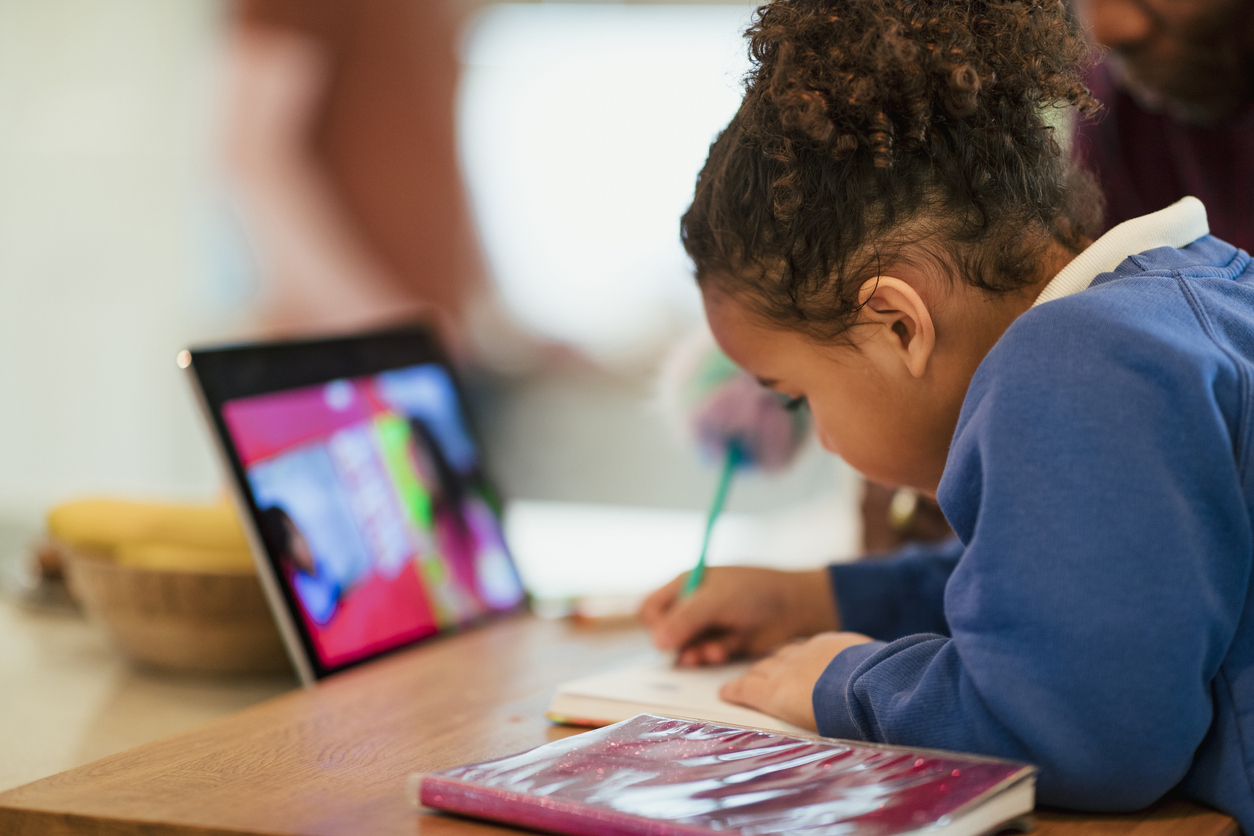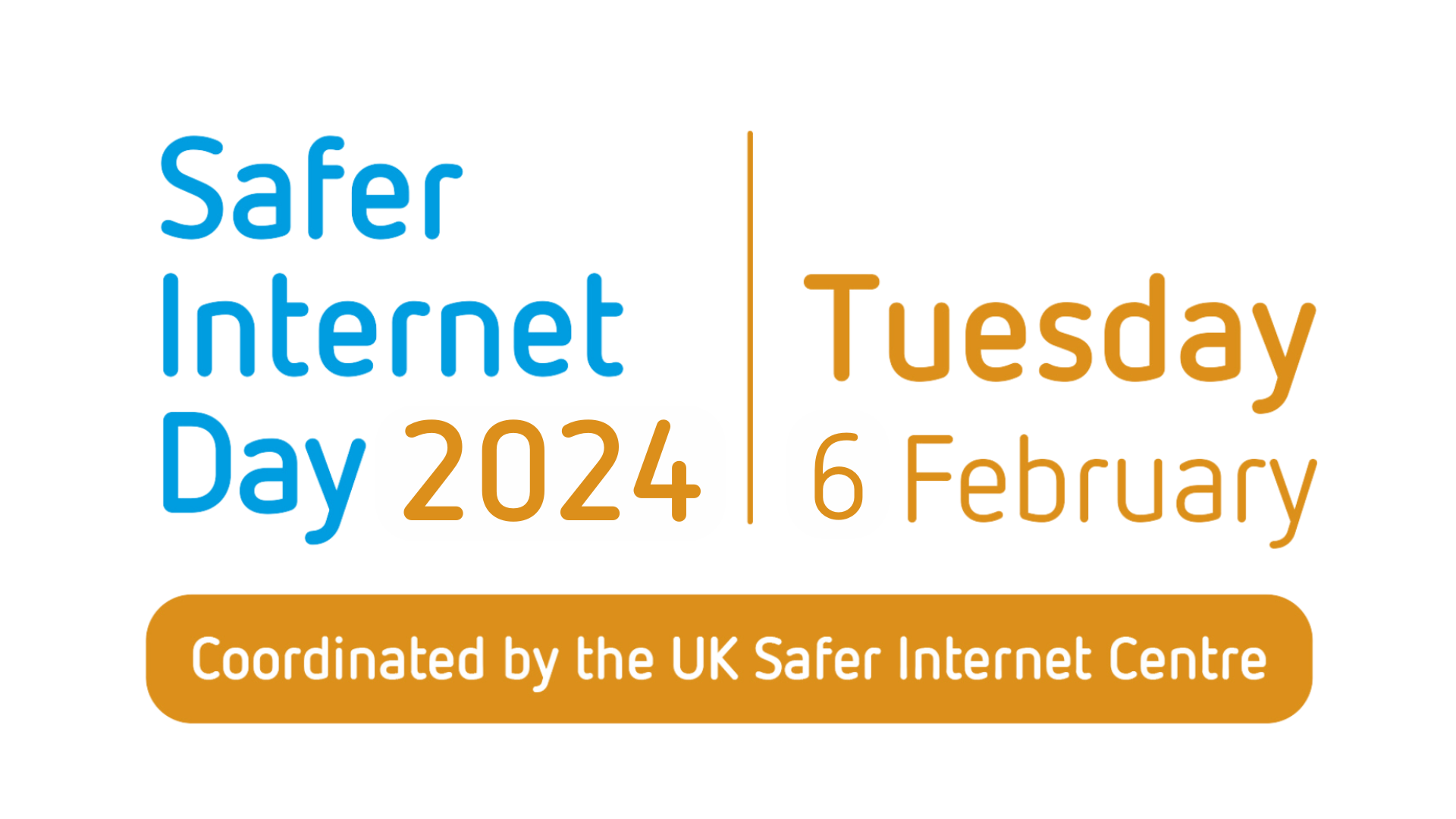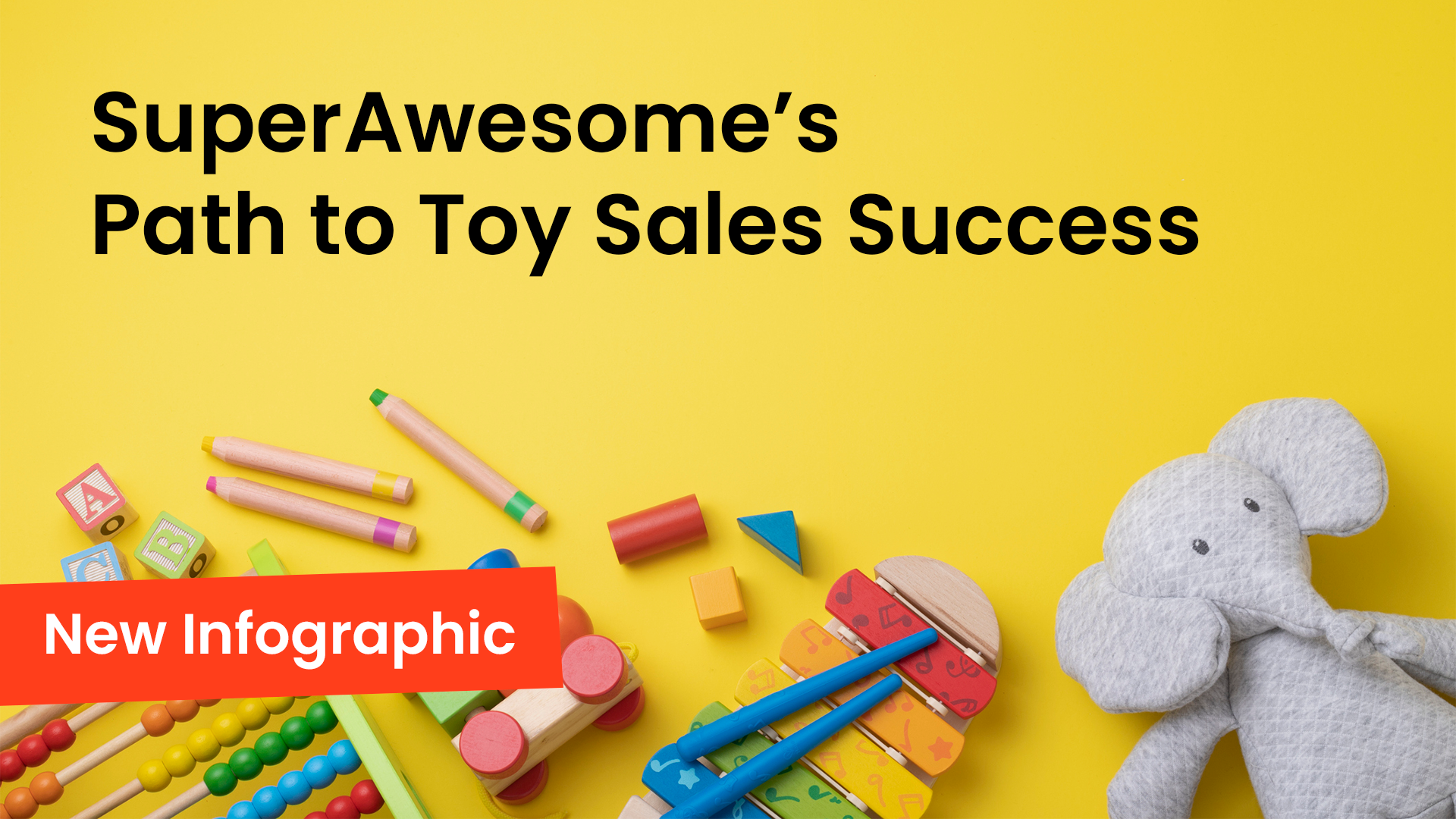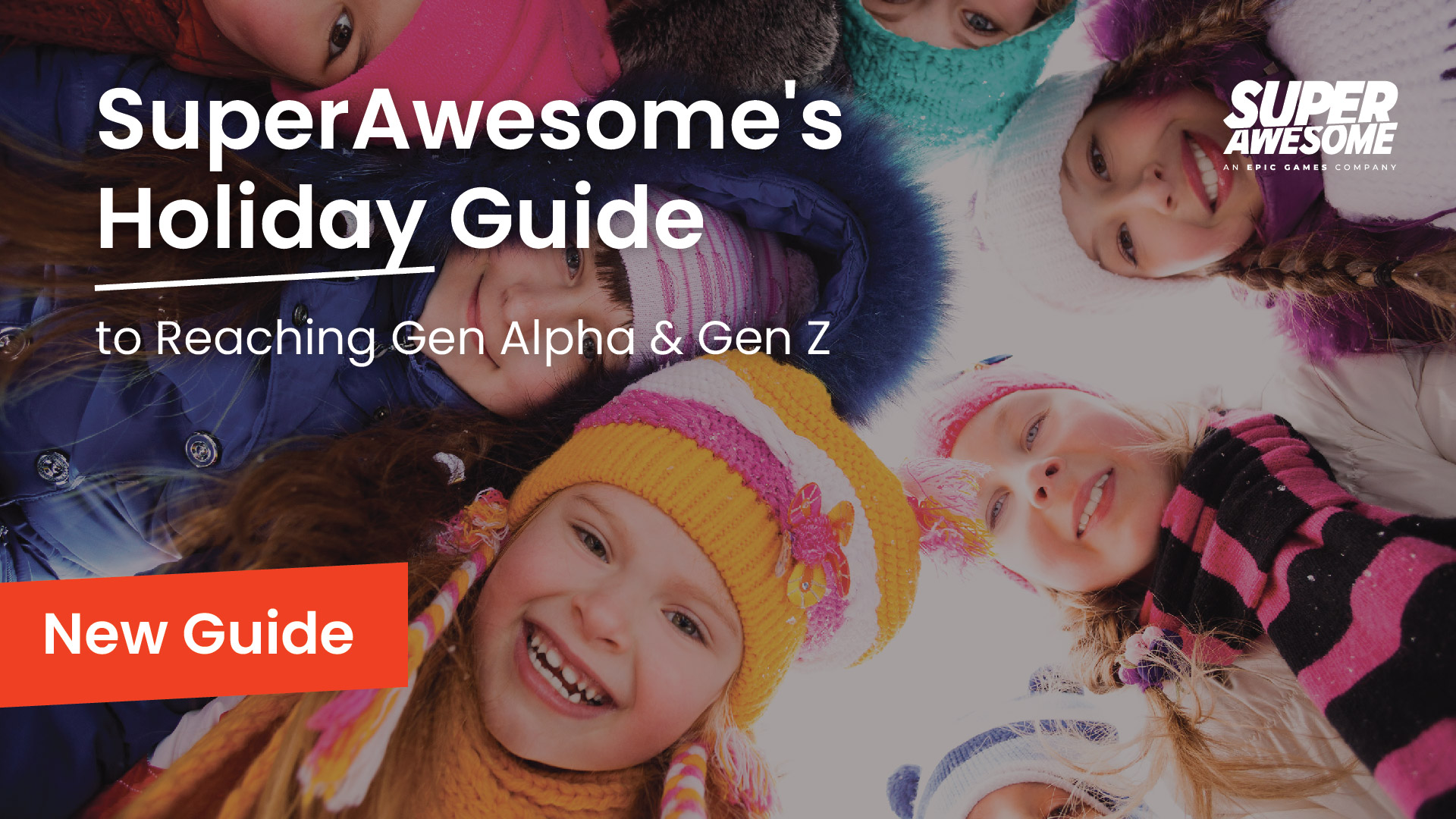The cardinal rule of marketing is to know your audience. But many marketers that aspire to reach Gen Z lack a strong understanding of this demographic. With a wide range of ages making up this generation, Gen Z (born between 1997 and 2015) cannot be effectively engaged as a single audience group. Instead, marketers must speak directly to the different cohorts within Gen Z — and specifically the most important segment, Young Teens (ages 13 to 16) — or risk falling flat.
Why you need to rethink your Gen Z strategy
Accounting for up to $143 billion in direct spending, and with a strong influence over household purchasing decisions, reaching and resonating with Generation Z is essential for brands. Doing this effectively begins with a deep understanding of Gen Zers values, communication preferences, and opinions about brands.
The members of Gen Z share several commonalities: they are digital natives who have grown up in a connected world. They are more diverse and well-educated than any previous generation, making them passionate about the causes and ideals they care about. However, the differences between Gen Zers, who currently range between 6 and 24 years old, require brands to carefully consider the messaging, content, and platforms they use to engage this audience. You wouldn’t speak to a 22-year-old and an 8-year-old in the same way; likewise, brands can’t address all of Gen Z with one single strategy.
Meet the most influential Gen Z cohort: Young Teens
Reaching the Young Teen segment should be the top priority for brands that previously targeted Generation Z and the broader teenage demographic. Young Teens are not only significant household influencers but consumers in their own right; and, while their loyalty is hard-won, the brands that survive the Young Teen years are those that they will connect with for life.
While older teens’ growing independence makes them less involved in family spending, Young Teens have become the most influential household audience, impacting purchasing decisions more than 65% of the time.
Beyond this, with fewer financial obligations than older teens and more savings than younger kids, Young Teens have substantial buying power of their own. Once they become loyal to a brand, these bonds are difficult to break: more than 50% of Young Teens’ spend in most categories is reserved for their favorite brands.
How to spark a connection with Young Teens
Young Teens are open to forming new connections with brands, but it is imperative to get it right with this audience. Between the ages of 13 and 16, this cohort is rapidly acquiring new brands and shedding those who lose their trust and interest. Surviving this period and remaining within the Young Teen consideration set depends on a strong brand presence, both online and in peer conversations.
While Young Teens use some of the same platforms as their younger (YouTube, Roblox) and older (TikTok, Snapchat, Instagram) counterparts, reaching Young Teens requires a distinct and appropriate approach. Brands must remember that the Young Teen years are a period of immense transition, from physical changes to discovering who they are and who they want to become. While Young Teens are much more independent than children, and demand to be treated as such, they are not yet adults. An aspirational approach that assumes maturity will alienate this audience.
Sustaining brand loyalty with Young Teens
After the Young Teen years, brand loyalty is solidified, and these relationships are likely to hold into adulthood. Connecting with Young Teens means meeting them as kids and maintaining the loyalty lifecycle over time. Our free report, How kids and Young Teens have raised the stakes for brand loyalty, provides a strategic guide to help your brand build and sustain lifetime loyalty. Download it now to learn how you can increase the lifetime value of your customers by safely engaging with under-16 audiences.







